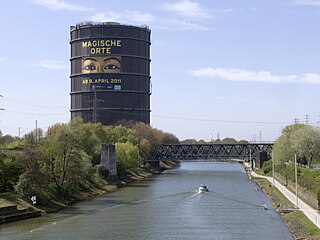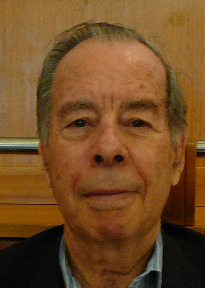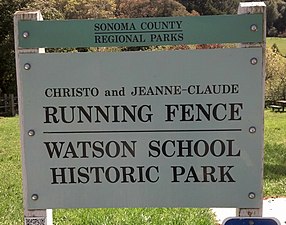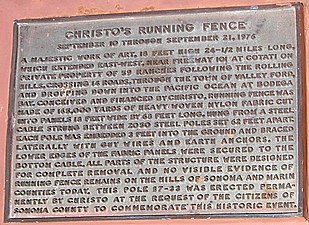
Sonoma County is located in the U.S. state of California. As of the 2020 United States Census, its population was 488,863. Its seat of government and largest city is Santa Rosa.

The Coast Miwok are an Indigenous people of California that were the second-largest tribe of the Miwok people. Coast Miwok inhabited the general area of modern Marin County and southern Sonoma County in Northern California, from the Golden Gate north to Duncans Point and eastward to Sonoma Creek. Coast Miwok included the Bodega Bay Miwok, or Olamentko (Olamentke), from authenticated Miwok villages around Bodega Bay, the Marin Miwok, or Hookooeko (Huukuiko), and Southern Sonoma Miwok, or Lekahtewutko (Lekatuit). While they did not have an overarching name for themselves, the Coast Miwok word for people, Micha-ko, was suggested by A. L. Kroeber as a possible endonym, keeping with a common practice among tribal groups and the ethnographers studying them in the early 20th Century and with the term Miwok itself, which is the Central Sierra Miwok word for people.

Bodega Harbor is a small, shallow, natural harbor on the Pacific coast of northern California in the United States, approximately 40 mi (64 km) northwest of San Francisco. The harbor is approximately 2 sq mi (5.2 km2) in area.

The Gates were a group of gates comprising a site-specific work of art by Bulgarian artist Christo Yavacheff and French artist Jeanne-Claude, known jointly as Christo and Jeanne-Claude. The artists installed 7,503 vinyl "gates" along 23 miles (37 km) of pathways in Central Park in New York City. From each gate hung a panel of deep saffron-colored nylon fabric. The exhibit ran from February 12 through February 27, 2005.

Christo Vladimirov Javacheff (1935–2020) and Jeanne-Claude Denat de Guillebon (1935–2009), known as Christo and Jeanne-Claude, were artists noted for their large-scale, site-specific environmental installations, often large landmarks and landscape elements wrapped in fabric, including the Wrapped Reichstag, The Pont Neuf Wrapped, Running Fence in California, and The Gates in New York City's Central Park.

Bodega is an unincorporated community and census-designated place (CDP) in Sonoma County in the U.S. state of California. The town had a population of 220 as of the 2010 Census.

Albert Maysles and his brother David Maysles were an American documentary filmmaking team known for their work in the Direct Cinema style. Their best-known films include Salesman (1969), Gimme Shelter (1970) and Grey Gardens (1975).
Events from the year 1976 in art.
Valley Ford is an unincorporated community and census-designated place (CDP) in western Sonoma County, California, United States. It is located on State Route 1 north of San Francisco. Like all of Sonoma County, Valley Ford is included in both the San Francisco Bay Area and the Redwood Empire.

Robert H. Hudson is an American visual artist. He is known for his funk art assemblage metal sculptures, but he has also worked in painting and printmaking.

The Gasometer Oberhausen is a former gas holder in Oberhausen, Germany, which has been converted into an exhibition space. It has hosted several large scale exhibitions, including two by Christo and Jeanne-Claude. The Gasometer is an industrial landmark, and an anchor point of the European Route of Industrial Heritage and the Industrial Heritage Trail. It was built in the 1920s, and reconstructed after World War II.

The Museum of Sonoma County, commonly known as the Sonoma County Museum, is a non-profit organization located in downtown Santa Rosa, California. Its 7th St. campus comprises the historic 1910 Santa Rosa Post Office, a contemporary art gallery, and a sculpture garden. Between the two buildings, the Museum presents 10-12 rotating exhibitions per year and maintains a permanent collection of over 18,000 objects that document the region's rich history and celebrate local artists. The historic post office is on the National Register of Historic Places.

Watson School is a Sonoma County Regional Parks Department historic park, covering approximately 0.75 acres (0.30 ha), located about 2 miles (3.2 km) east of Bodega, California, on the south side of the road, at 15000 Bodega Highway in Sonoma County, California, United States. It was listed on the National Register of Historic Places in 1978.

The Rio Theater is a single-screen movie theater in Monte Rio, California, United States. The largest extant piece of Christo and Jeanne-Claude's Running Fence drapes the ceiling of the theater's auditorium.
Marion Gray was an American artist, photographer, and teacher. A vital member of the Bay Area art scene since the 1970s, Gray's "work blurs the lines between documentation and art, and exposes shared approaches between artists working in dance, performance and visual arts." During her long career, Gray documented the performances and works of artists such as John Cage, Christo and Jeanne Claude, Merce Cunningham, Joan Jonas, Marina Abramovic, Meredith Monk, Paul Dresher, Guerrilla Girls, and many others. As curator Christina Linden explains: "her photographs, themselves powerful works of art, constitute an immensely valuable archive of the ephemeral artistic activity the Bay Area has historically fostered.”

Jacob Baal-Teshuva is an Israeli-American author, journalist, art critic, appraiser, collector, and curator.

The Floating Piers was a temporary, site-specific work of art by Christo and Jeanne-Claude, consisting of 70,000 square meters of yellow fabric, carried by a modular floating dock system of 226,000 high-density polyethylene cubes installed in 2016 at Lake Iseo near Brescia, Italy. The fabric created a walkable surface between Sulzano, Monte Isola and the island of San Paolo.

The Hinds Hotel is a historic building located in Freestone, California in the United States. Built in 1876, the Hinds Hotel is a former hotel, antique store and plant nursery. Today, it serves as a private commercial business and home. It is listed on the National Register of Historic Places and has been named a California Historic Landmark and a Sonoma County Historic Landmark.
Surrounded Islands, Biscayne Bay, Greater Miami, Florida, 1980–83 was a 1983 environmental artwork in which artists Christo and Jeanne-Claude surrounded an island archipelago in Miami with pink fabric.

Gianfranco Gorgoni was an Italian photographer who documented land art and installation art. His work was exhibited in a survery show, Gianfranco Gorgoni: Land Art Photographs, at the Nevada Museum of Art in 2021.



















